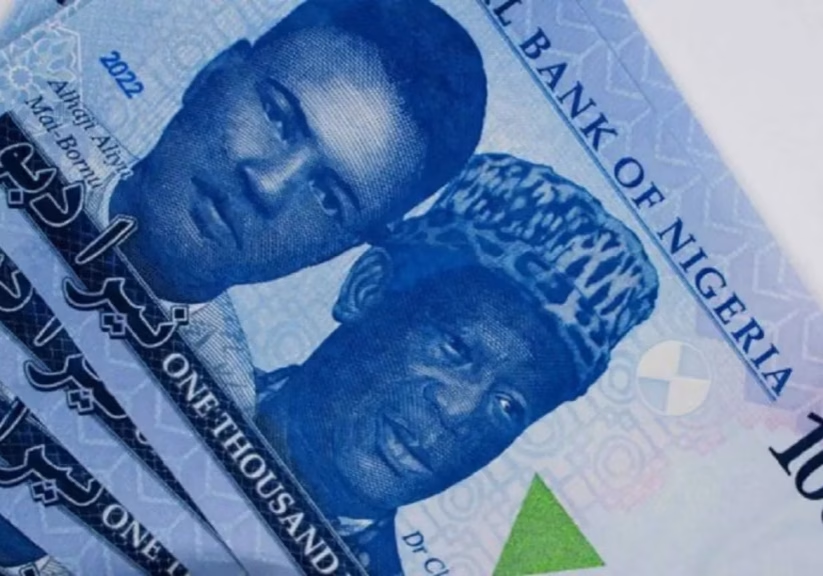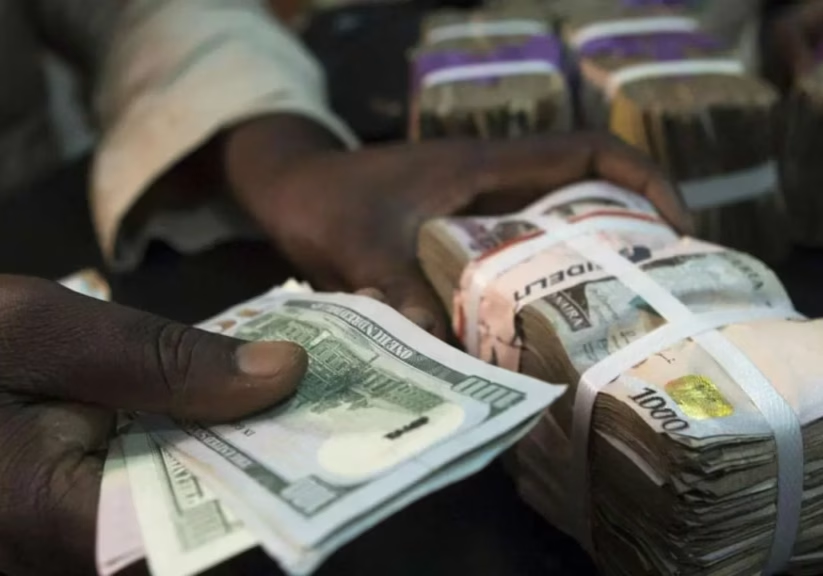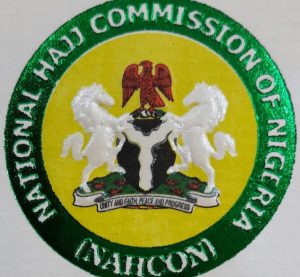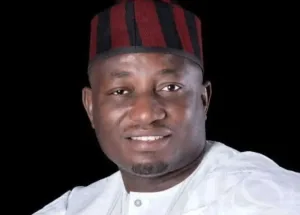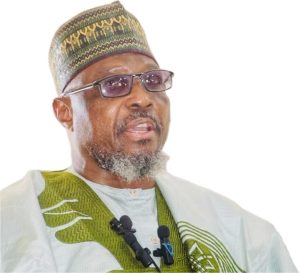The Bank of Russia has made a significant move by cutting its key interest rate by 100 basis points to 20%, marking the first rate cut since 2022. This decision comes as a response to the slowdown in inflation, with the central bank noting that the high key rate has led to a substantial decrease in inflation rates. According to Governor Elvira Nabiullina, the regulator is now more confident that this trend is sustainable, with the annualized monthly inflation rate standing at 7% in March and falling to approximately 6% in April.
The central bank has stressed that this cut should not be seen as the beginning of a rapid easing cycle, as they plan to maintain monetary conditions as tight as necessary to return inflation to its 4% target by 2026. Nabiullina warned that if inflation growth resumes, the bank may raise the key rate again. This cautious approach is a result of the economic instability caused by the Western sanctions imposed on Russia over the Ukraine conflict in February 2022. The Bank of Russia had previously raised its key rate from 9.5% to 20% to stabilize the ruble and contain inflation.
Despite the challenges, the Russian economy is gradually getting back on a stable growth path. After contracting by 1.2% in 2022, the economy expanded by 3.6% in 2023 and 4.1% in 2024, supported in part by the central bank’s policies. However, growth is expected to moderate in the coming years, with forecasts projecting growth of 1-2% in 2025 and up to 1.5% in 2026.
Experts have welcomed the move as a positive signal for the economy. Maxim Chirkov, associate professor at the State University of Management, believes that this will revitalize key industries and reduce borrowing costs. Georgy Ostapkovich, director of the Center for Market Research at HSE University, called the decision “logical and expected,” though he noted that the effects would take time to materialize. He also predicted that a further rate cut to 17-18% is possible by year-end.
In currency markets, expectations are also cautiously optimistic, with Financial University economist Petr Shcherbachenko suggesting that a sustained decline in inflation could support the ruble’s long-term strength. As the Russian economy continues to navigate the complexities of the global market, this rate cut may be a step in the right direction towards stabilizing the economy and promoting growth.



